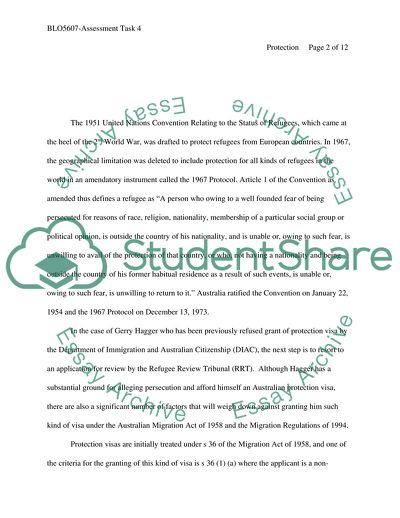Cite this document
(Protection of the Migrants. The case of Gerry Hagger Essay - 1, n.d.)
Protection of the Migrants. The case of Gerry Hagger Essay - 1. https://studentshare.org/law/1714652-australian-migration-law
Protection of the Migrants. The case of Gerry Hagger Essay - 1. https://studentshare.org/law/1714652-australian-migration-law
(Protection of the Migrants. The Case of Gerry Hagger Essay - 1)
Protection of the Migrants. The Case of Gerry Hagger Essay - 1. https://studentshare.org/law/1714652-australian-migration-law.
Protection of the Migrants. The Case of Gerry Hagger Essay - 1. https://studentshare.org/law/1714652-australian-migration-law.
“Protection of the Migrants. The Case of Gerry Hagger Essay - 1”. https://studentshare.org/law/1714652-australian-migration-law.


